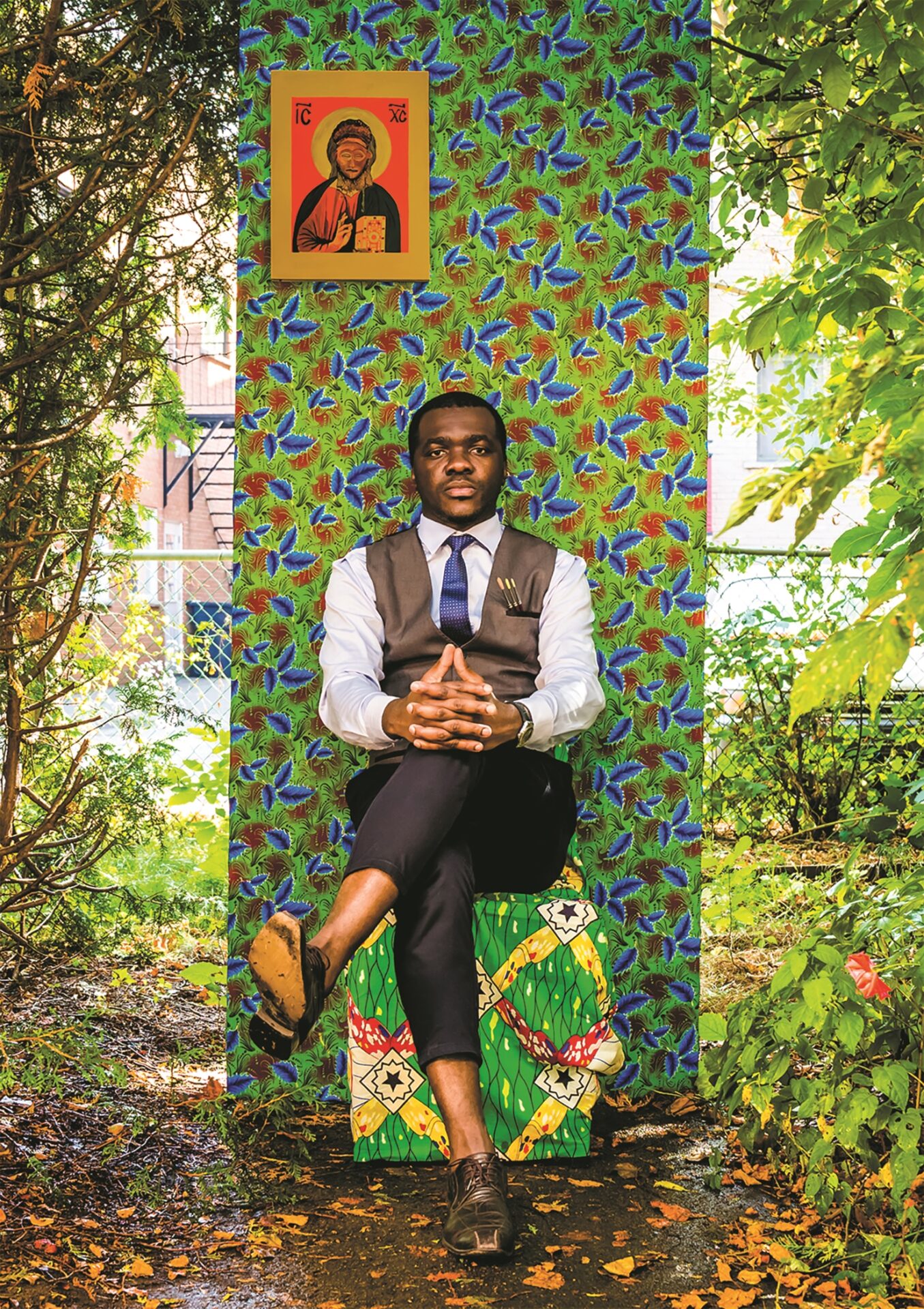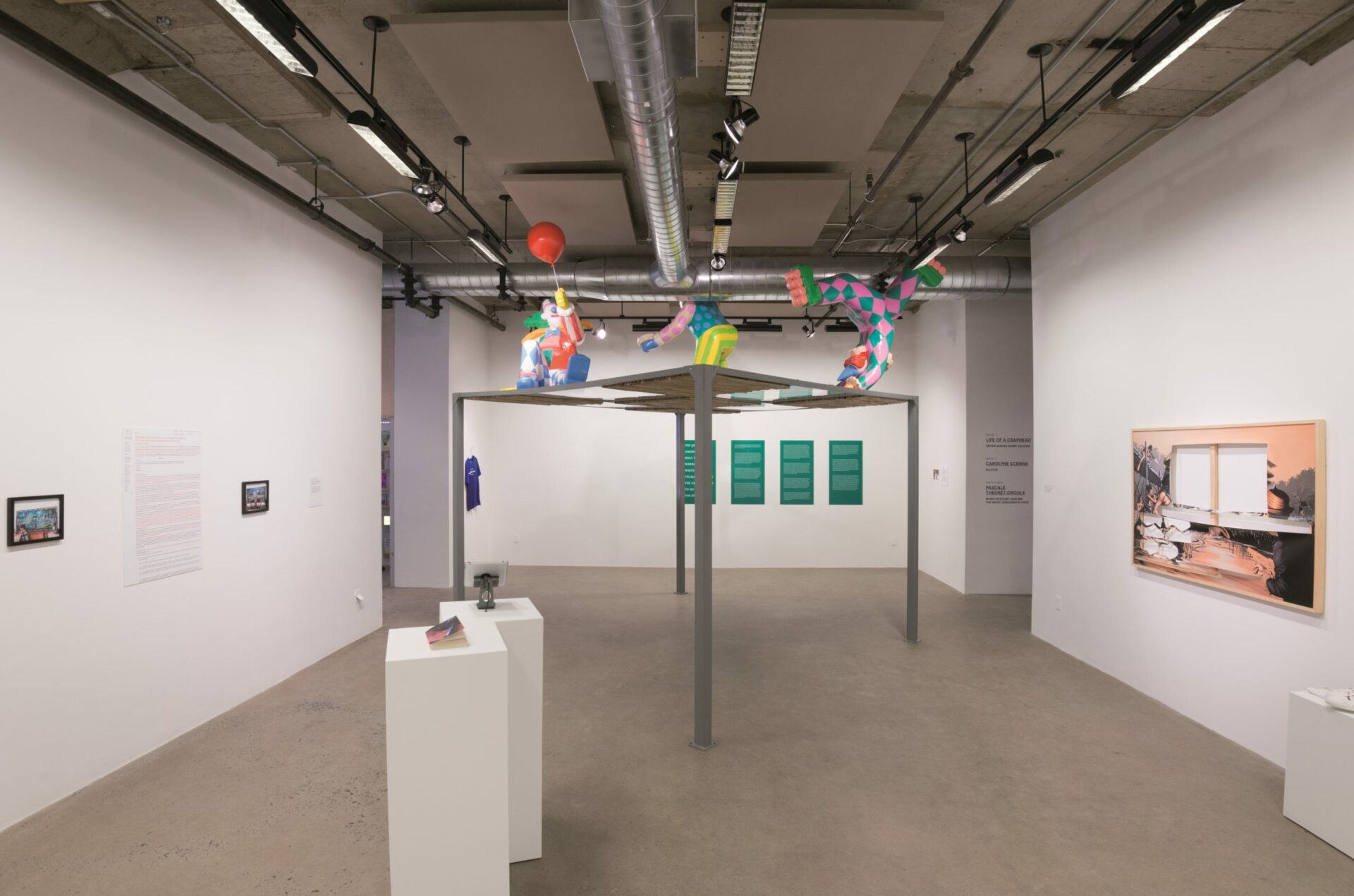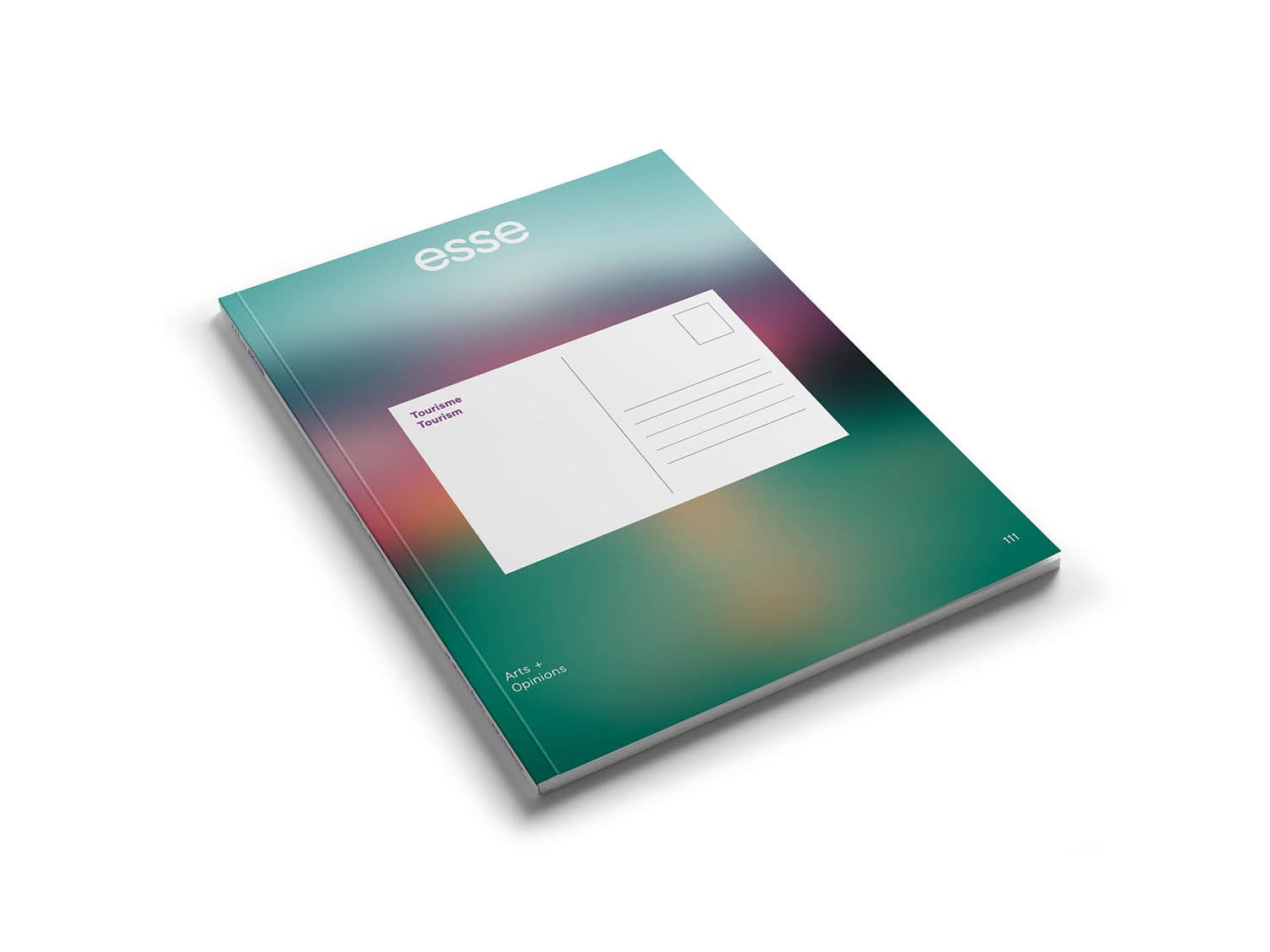Summary
97
Appropriation
Fall 2019
Contemporary art practices are constantly going outside the field of art to appropriate the codes, gestures, and mechanisms of other social and cultural spheres. However, appropriation also involves the question of social responsibility with regards to artists and curators, particularly in recent debates around cultural appropriation. The aim of this issue is to take some distance from the polarization of the controversies so as to try to better understand what these various forms of appropriation show us about current artistic creation at the aesthetic, ethical, and political levels.
Editorial
Feature
Artistic Appropriation Versus Cultural Appropriation
Against Innovation: Appropriation and Disruption in the Age of Immaterial Bondage
Art in the Age of Artificial Intelligence
Expropriation as Art Practice
Art: Whose Legacy?
Appropriation. Panel discussion
Cultural Imperative, Appropriationist Regime and Visual Art
Kanata: Appropriation or Erasure?
Portfolios
Columns
Reviews
Young Critics
Current Issue
Tourism
Spring Summer 2024
Because it is essential for it to be open to the world, art is particularly affected by concerns related to planetary travel. From a position at the intersection of contemporary art, leisure, ecology, and destination culture, Esse no. 111 observes artists’ and critical thinkers’ strategies for revisiting the very notion of tourism. Although the harmful impacts of the tourism industry are beyond question, the thematic section avoids falling prey to tourismphobia and simply pointing out its failures. Rather, this issue offers a guided tour of situations and places where art and tourism converge.




















